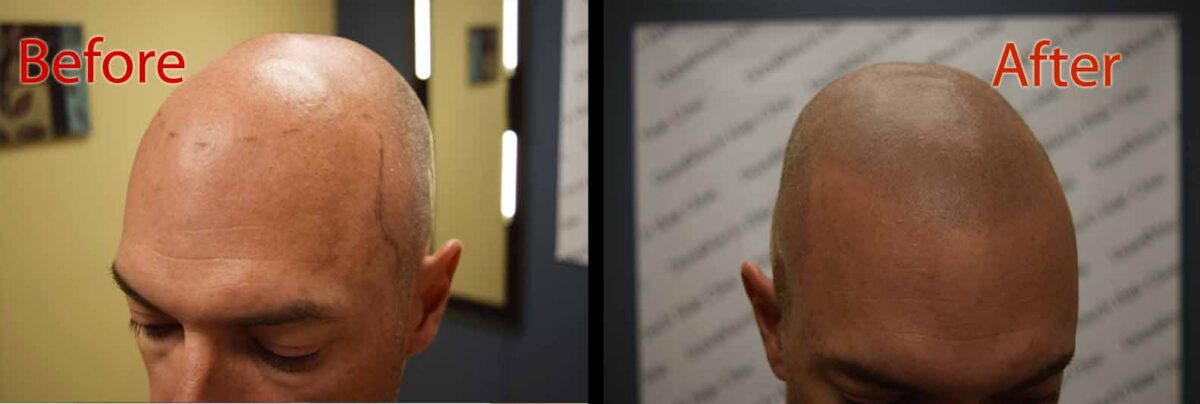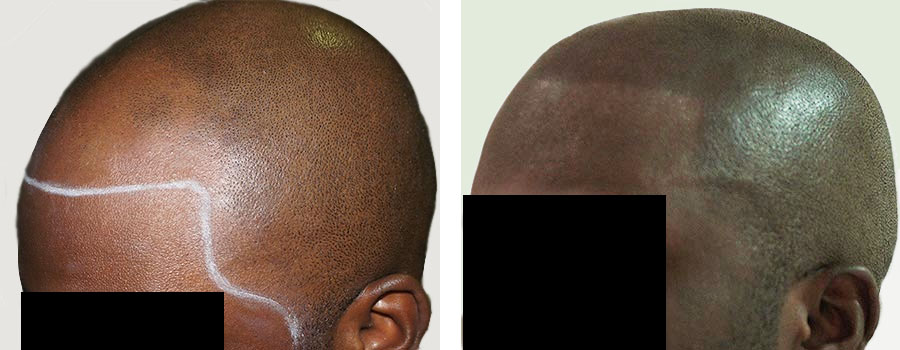Seasonal hair loss is not something new. Rather, as the season transitions, the loss of hair becomes a reality. Just like seasonal allergies, hair shedding during the change of season is quite common.
But the sight of hair shedding hurts because you start seeing fallen hair everywhere. In normal conditions, everyone loses hair. How much is normal hair loss? Everyone sheds 80 to 100 strands every day. This happens as part of the natural hair growth cycle, which includes growth, transition, and rest. But with a change of season, you lose more than normal hair. You start to wonder if seasonal hair loss is normal.
Is Seasonal Hair Loss Normal?
Although it is a temporary phase, it does give you goosebumps. More women lose hair due to seasonal changes than males. Unfortunately, seasonal hair loss may turn into long-term hair loss without a good scalp maintenance routine. You may start to see more hair shedding in the months of April and May or through September and October.
Any sort of scalp allergy in spring poses a high risk of increased hair shedding during the season. Unless treated, every single strand of hair within every follicle would become stressed. Seasonal allergy is responsible for systemic inflammation, which makes your hair prone to itching, irritation, and flaking. As a result, your hair might also be prone to breakage. Scalp irritation could be aggravated by pollen, dust, spores, and other allergens.
Many people experience dandruff, eczema, and seborrheic dermatitis when seasons change. Fluctuating hormones, as well as humid climates, may aggravate the problem.
How Long Does Seasonal Hair Loss Last?
The hair growth cycle coincides with seasons. Usually, hair loss happens in the fall months for a majority of people. That means with the advent of the fall season, hair advance into the shedding phase after the telogen phase is over. Besides, a dry climate may lead to scalp dryness, itching, and irritation. As a result, hair follicles become inflamed and prone to breakage. Luckily, in some people, seasonal hair fall lasts 2-3 months.
How To Stop Seasonal Hair Loss?
A balanced diet can help you reduce hair shedding to some extent. However, exposure to weather extremes may make them dry, brittle, and limp. Add to this environmental pollution, and you have a recipe for hair disaster written all over.
Practice a hair care regime during weather extremes. If your hair is exposed to rain or dirt, washing them immediately might reduce the toll on them. Your hormonal imbalance and age could also aggravate hair loss.
Scalp massage is a good way to nourish the scalp and follicles and promote circulation. Avoid the use of hair colors or hair straighteners that the roots to heat. In such cases, hair is prone to breakage.
In many cases, taking these hair care steps can help. However, some people may not find relief from seasonal hair loss.
Scalp micropigmentation is one way to cover hair problems. Scalp pigments are specially formulated to camouflage hair loss, hair thinning, and receding hairline. You may also find that the hair restoration procedure works for scalp scars, too.
Where Is The Best SMP Artist?
So, if you are quite depressed with seasonal hair loss and cannot wait for things to become normal, consult with SMP professionals at DermiMatch Clinic in Phoenix. They have the best solution to cover your hair problems with their skilled craftsmanship.


